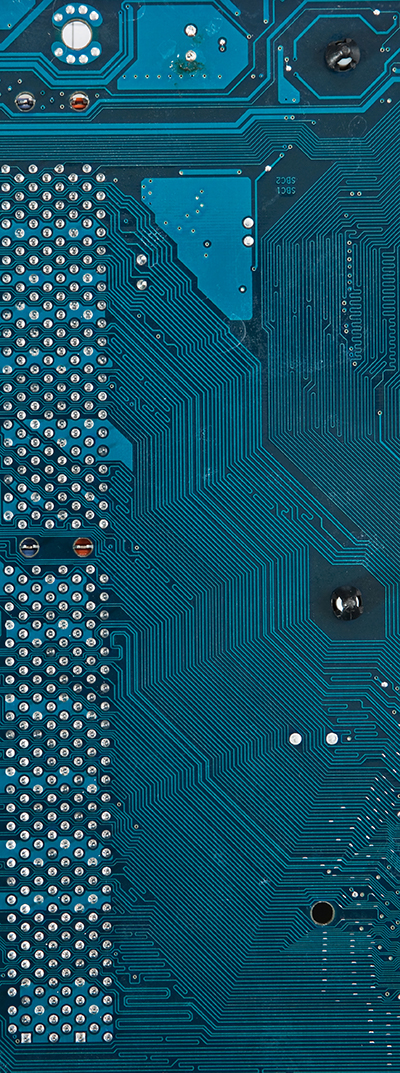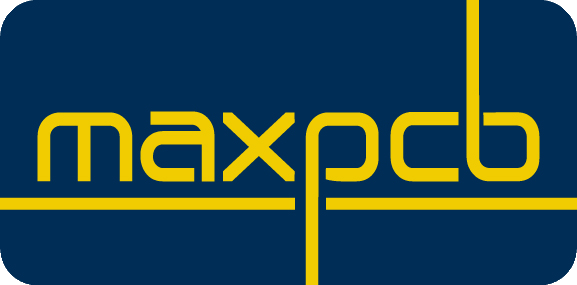History of Offshore Electronics
- Home
- History of Offshore Electronics
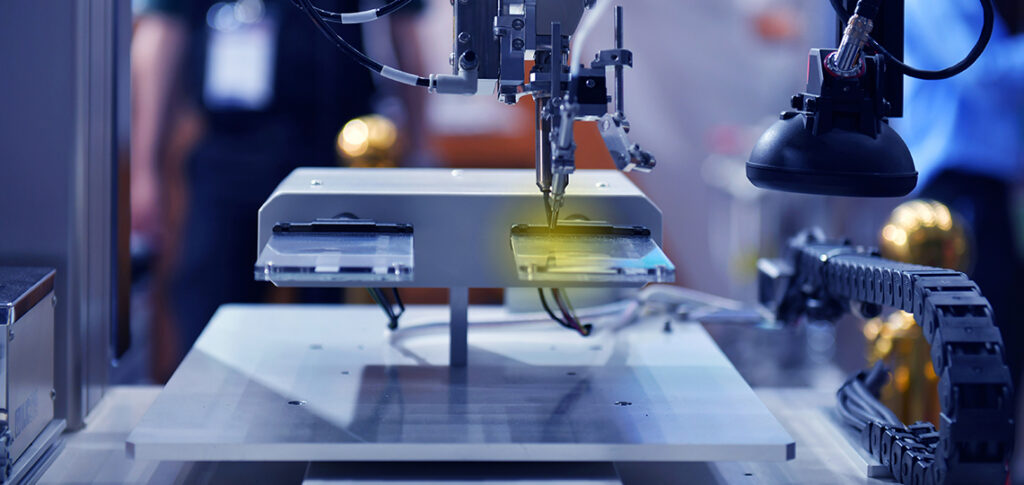
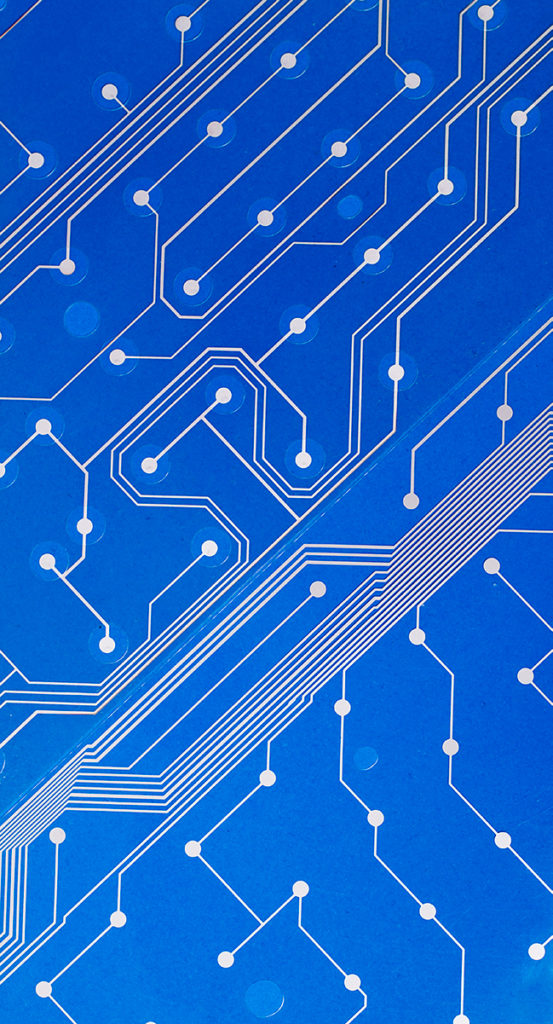
The offshore migration of most of the bare board manufacturing and a good chunk of the assembly work for US electronic products dates back more than a generation. In the early years, there were enormous issues of quality and on-time delivery. There were also communication problems—especially with board houses located in Asia. These communication problems ranged from the merely annoying or inconvenient (like large time zone differences)…to the confusion and frustration of serious language problems. The worst cases occurred when a US customer was negotiating with an Asian supplier who thought he was talking English. (Engineer-to-engineer communications tend to be a bit less problematic but business discussions are a different story.)
By now, the troublesome quality and delivery issues have been resolved. Even mid-size and smaller companies tend to produce boards of excellent quality and deliver them on time and to spec. And the biggest board houses are—by now—all very close to impeccable…which is probably what enabled them to grow to their current size.
The movement of most of the industry to Asia was inevitable, given the lower labor costs abroad and the relentless price pressure in an industry with historically razor-thin margins. This evolution would have made Charles Darwin smile, because the survivors could never have made it on price alone. The offshore board houses had to get their act together on quality and deliverability as well. It was survival of the fittest, alright, but fitness involved a lot more than price alone.
So what remains? What remains is the communication problem. Although there has been some improvement over the last few decades, the problem is still pretty onerous. Most US customers find it daunting. A few of them even flat-out refuse to do business with Asian companies. This resistance may not be due to any language problem as such but rather to some unfortunate experience that arose from a misunderstanding—perhaps a consequence of the language problem.
But “money talks”, and talking is communicating. That’s why business between the US and Asia keeps on growing. Today, most reputable board houses in the Far East quote prices within a narrow range. Sometimes, there is hardly a “gnat’s eyebrow” difference between quotes, so the differential is of real consequence only when production runs are enormous.
The real basis for choosing one supplier over another now often hinges, not on tiny price differentials (though few would admit it), but rather on the customer’s assessment of the likelihood of aggravation. If he has had a good experience with a particular company, he will tend to stick with that company. He will consider other companies only if driven to do so by special circumstances, such as a perceived need to not depend on a sole source, a glitch or mishap of some kind with his current supplier, etc.
Aggravation is a child of many fathers, but every CEO in the US (and elsewhere!)—given a choice—would prefer to do business with the supplier having the lowest ”aggravation coefficient”. And even if he has to pay a premium to achieve a more hassle-free experience, he would probably do so. In practice, avoiding aggravation is not so much an issue in itself. The central issue is that time-to- market is often a matter of corporate life-and-death…because the CEO may be betting the “family jewels” on the success of his new product, and that might depend on his time-to-market.
It is an undeniable fact that time-to-market tracks closely with aggravation from suppliers.
Bingo!
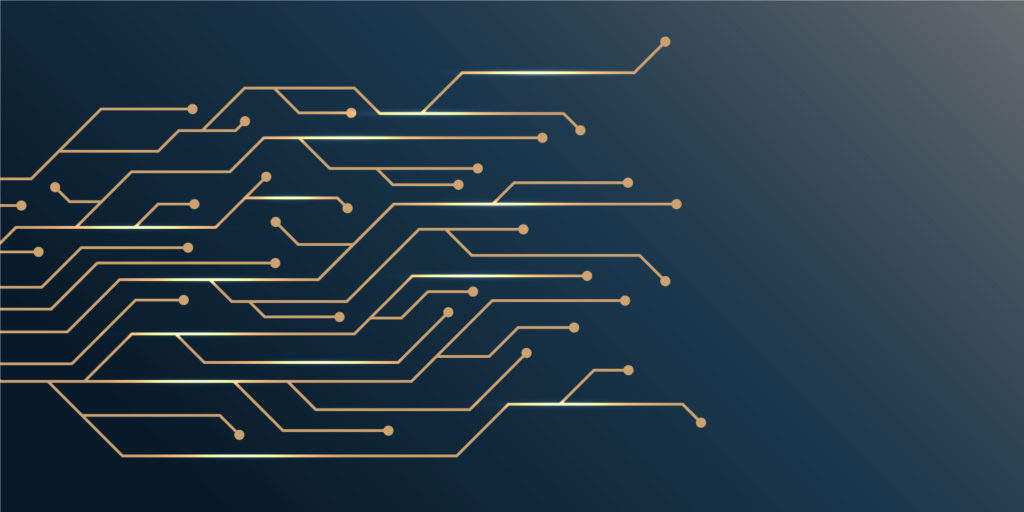
“That’s where MAXPCB comes in”
Maxpcb is an established PCB manufacturer in Taiwan. Our technical sales office is located in the Los Angeles metropolitan area. Maxpcb’s charter is to do whatever it takes to insulate the U.S. customer from aggravation. Typically, the customer is a contract manufacturer of electronic assemblies or an OEM of consumer electronic products.
Maxpcb’s staff members interface with the US customer to gain a complete understanding of the job at hand. The engineering drawings and specs are studied with meticulous attention to technical details. An important part of this data gathering or input phase is to look for potential manufacturability problems that might otherwise not get caught until later, when their potential impact on quality, cost and delivery time become much greater. Catching problems early is just part of the “de-aggravation” that Maxpcb brings to the table. But it’s a significant part. Our guiding principle is that if you have any problem with us, it’s our problem.
Communication problems are not the only issues that can crop up when a U.S. company outsources production to an offshore board house. The manufacturing process itself is complex and typically entails many stages. Different technologies are used from stage to stage and most of these technologies undergo changes as the state of the art advances. Of course there are human beings involved in all this work—engineers and production workers—and even the most experienced and highly trained people sometimes make a mistake. Finally, our industry uses a lot of automated equipment, but even the most sophisticated machinery and equipment can malfunction, so glitches will happen from time to time.
But all this is true, not only when production is done offshore, it is also true when it is outsourced to a domestic board house down the street. It is even true when a manufacturer makes his own boards in house. So occasional glitches are inevitable, no matter where the boards are produced, and some of the imperfection is an outgrowth of the complexity itself.
Though perfection is elusive, it can be approached. This is accomplished by a combination of experience and the relentless pursuit of quality. Given enough time to learn from past mistakes—and given a commitment to continual process improvement and product quality—glitches tend to get rarer and less troublesome. This is what happened in the case of the largest and most successful board producers.
It is precisely at this point that Maxpcb comes into the picture…because we wanted to differentiate ourselves from even the most distinguished of its competitors. The idea was to take its quest for excellence to the next level by establishing Maxpcb as a “watchdog” to interface between the customer in the U.S. and our manufacturing facility. Its most important function is to represent the common interests of the customer —by insulating the customer from any problems encountered en route to the delivery of his finished boards.
How does Maxpcb accomplish this? We do it by closely monitoring every stage of the customer’s job from inception through product delivery, and interceding to head off potential problems before they can become real ones. But if and when a problem does arise, our job is to make sure it’s solved before it can impact the customer. In other words, if a problem cannot be circumvented, we make sure it’s dealt with so quickly and efficiently that the customer remains unaware that a glitch even arose. The customer doesn’t want to know about our problems (if any). He just wants his boards—delivered on time and to spec. And that’s as it should be.
This kind of transparency is what we mean by insulating the customer from hassles. We call it “de-aggravation”…and it is the reason why Maxpcb exists. By definition, therefore, MAXPCB is a de-aggravation company. You, the customer, may have a lot riding on your project but our “corporate fanny” is also riding on it. The QC folks back in Taiwan have their own statistical definitions of “quality”. But to Maxpcb, here in the US, quality means never having to say you’re sorry.
That, in a nutshell, is what MAXPCB is all about. We are the human element whose function is to devote MAXIMIZE ATTENTION than your project might otherwise get. (Among ourselves, we say that the first two letters of our company name stand for MAXIMIZE ATTENTION.
All large PC board houses these days are highly automated. Automated test equipment (ATE) and automatic online quoting is everywhere. Modern quality control demands it. Production processes are also computerized and robotized. In fact, we pride ourselves on a little extra ingredient: attentive human beings whose job is to make sure that your experience with us is smooth and hassle-free.
